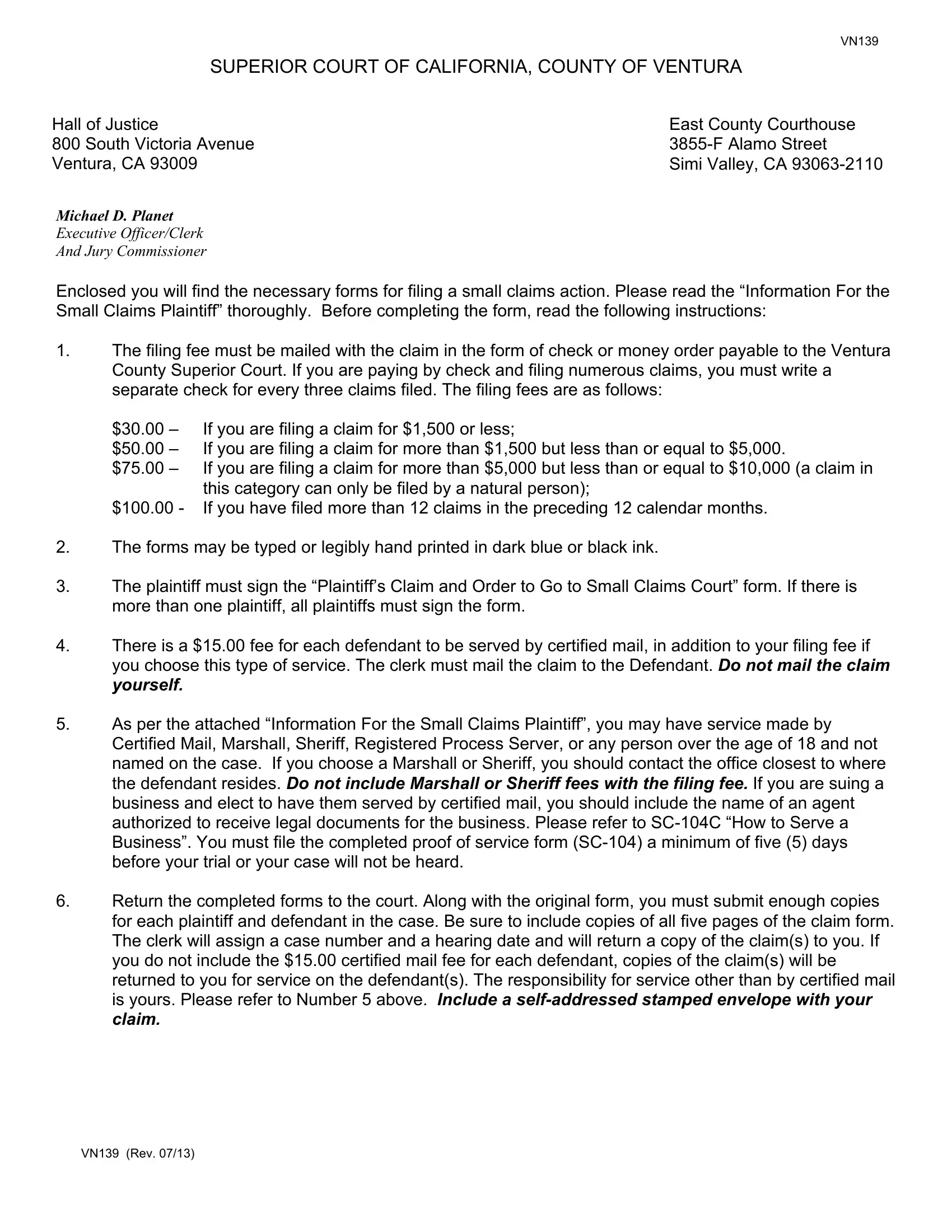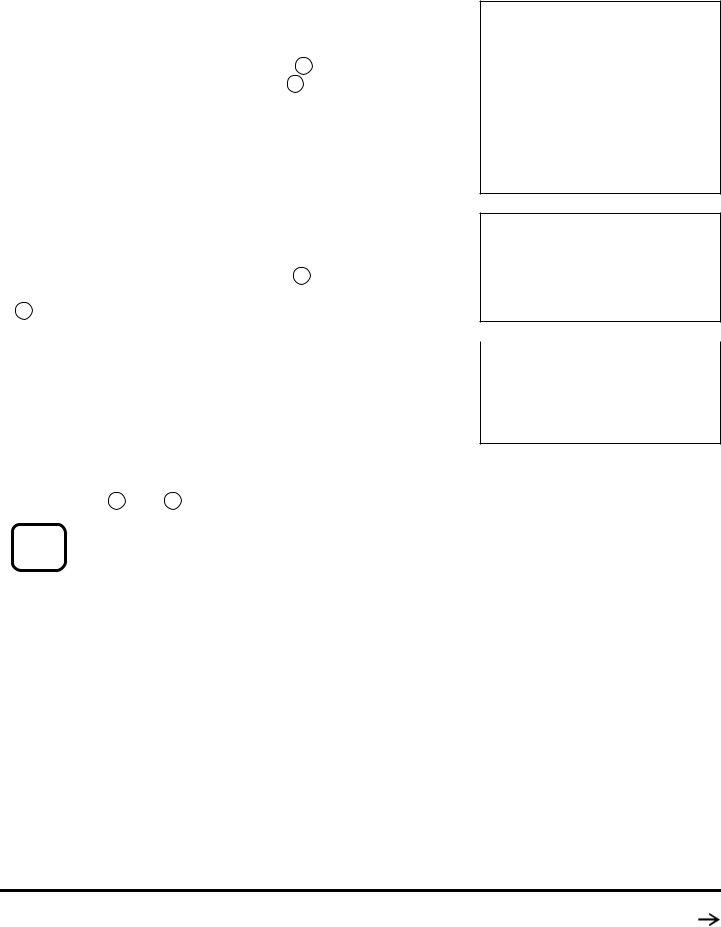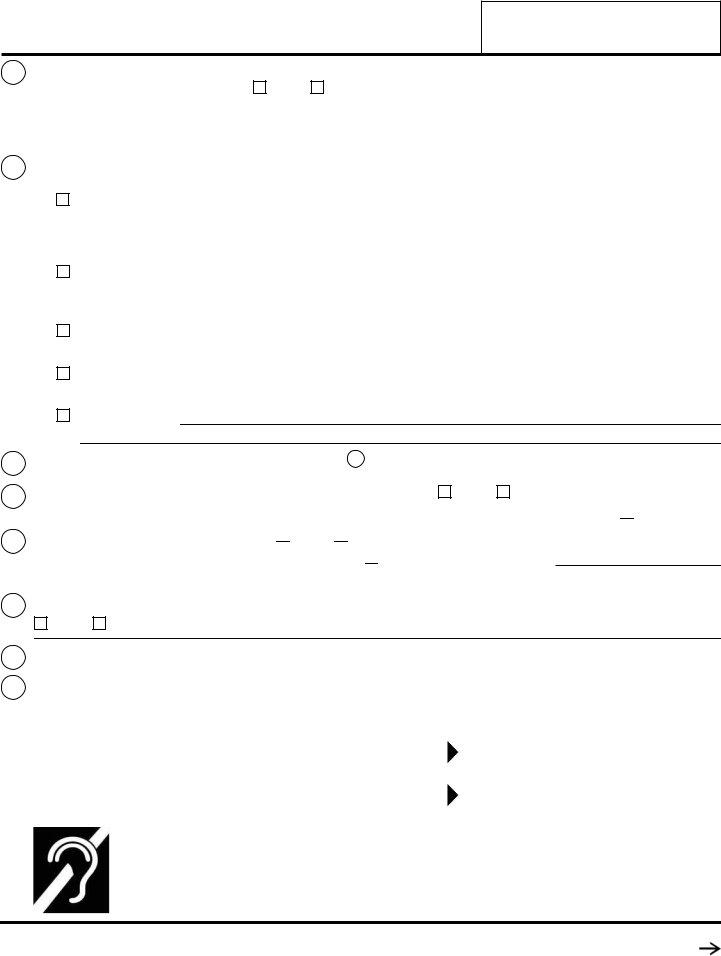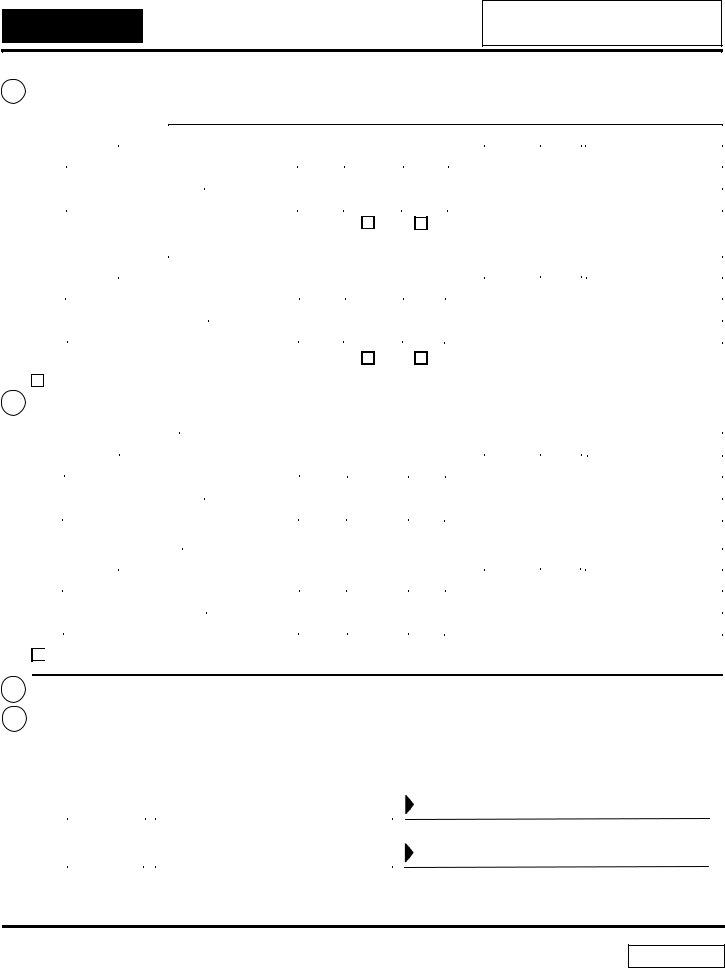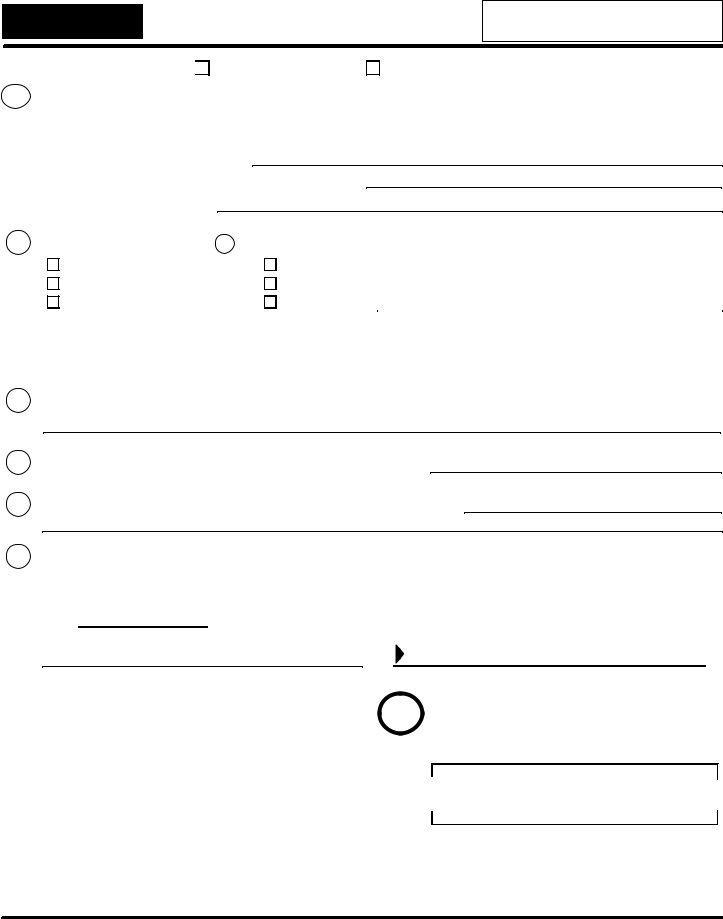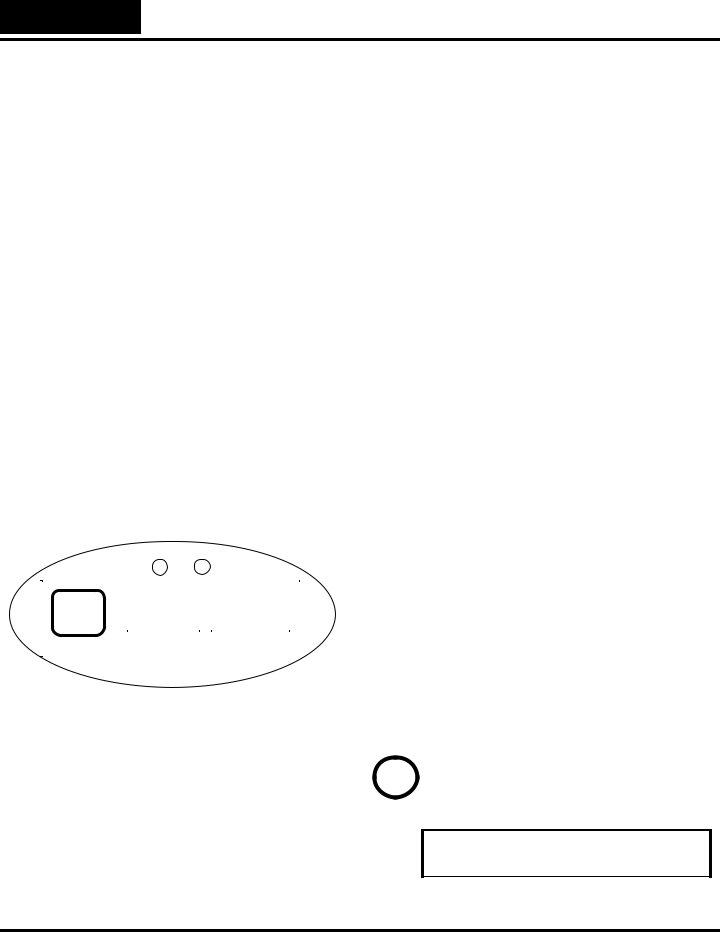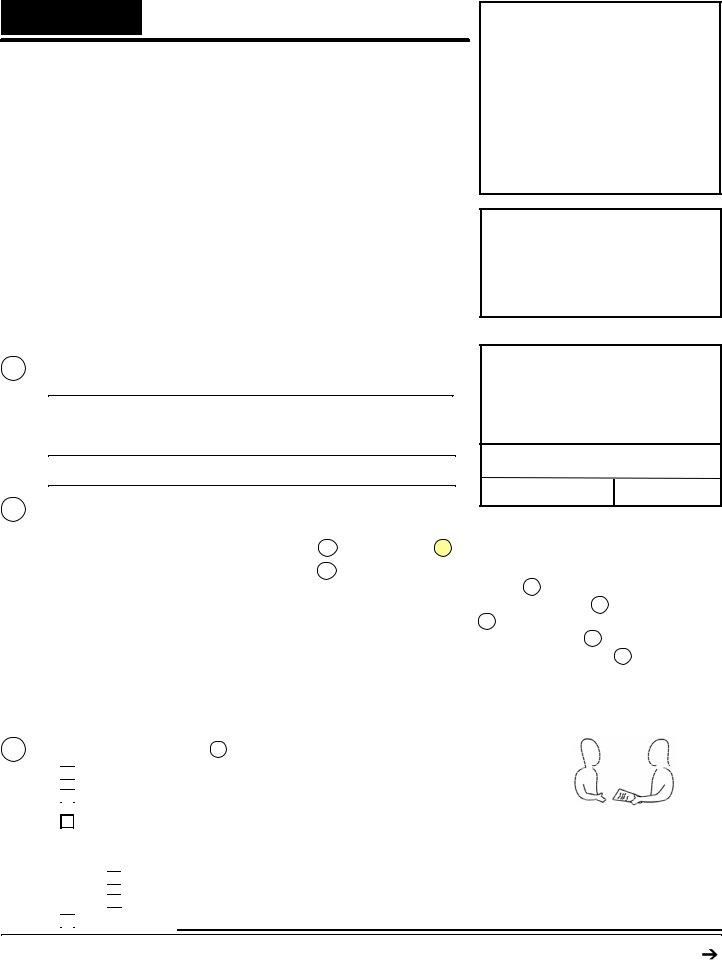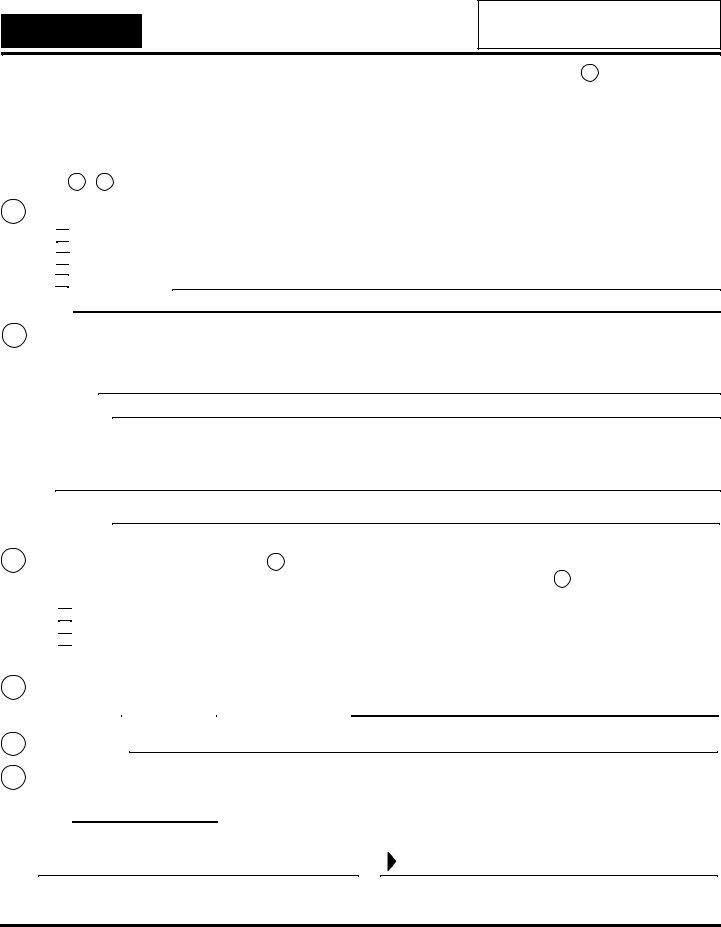La “Corte de reclamos menores” es una corte especial donde se deciden casos por $5,000 ó menos. Una "persona natural" (que no sea un negocio ni una entidad pública) puede reclamar hasta $10,000. Una “persona natural” (que no sea un negocio ni una entidad pública), que incluye un dueño único, generalmente puede reclamar hasta $10,000.
(Vea abajo para las excepciones.*) El proceso es rápido y barato. Las reglas son sencillas e informales. Usted es el Demandado—la persona que se está demandando. La persona que lo está demandando es el Demandante.
¿Necesito un abogado?
Puede hablar con un abogado antes o después del caso. Pero no puede tener a un abogado que lo represente ante la corte (a menos que se trate de una apelación de un caso de reclamos menores).
¿Cómo me preparo para ir a la corte?
No tiene que presentar ningunos papeles antes del juicio, a menos que piense que ésta es la corte equivocada para su caso. Pero lleve al juicio cualquier testigos, recibos y pruebas que apoyan su caso. Y lea “Esté preparado para su juicio” en www.courts.ca.gov/ reclamosmenores/preparese.
¿Qué hago si necesito una adaptación?
Si tiene una discapacidad o tiene impedimentos de audición, llene el formulario MC-410, Request for Accomodations. Entregue el formulario al secretario de la corte o al Coordinador de Acceso/ ADA de su corte.
¿Qué pasa si no hablo inglés bien?
Traiga a un adulto que no sea testigo para que le sirva de intérprete. O pida al secretario de la corte que le asigne uno. Si quiere que la corte le asigne un intérprete, lo tiene que pedir como minimo menos cinco dias antes de la fecha en que tenga que ir a la corte. Es posible que no haya disponible un intérprete proporcionado por la corte o que tenga que pagar una cuota por emplear un intérprete de la corte, a menos que tenga una exención de cuotas. Puede pedir a la corte una lista de intérpretes y la Solicitud de exención de cuotas de la corte (formulario FW-001S).
¿Dónde puedo obtener los formularios de la corte que necesito? Vaya a cualquier edificio de la corte, la biblioteca legal de su condado, o imprima los formularios en www.courts.ca.gov/ smallclaims/forms (página está en inglés).
¿Qué pasa en el juicio?
El juez escuchará a ambas partes. El juez puede tomar su decisión durante la audiencia o enviársela por correo después.
¿Qué pasa si pierdo el caso?
Si pierde, puede apelar. Tendrá que pagar una cuota. (El Demandante no puede apelar su propio reclamo.)
•Si estuvo presente en el juicio, llene el formulario SC-140, Aviso de apelación. Tiene que presentarlo dentro de 30 días depués de la decisión del juez.
•Si no estuvo en el juicio, llene y presente el formulario SC-135, Aviso de petición para anular el fallo y Declaración para pedirle al juez que anule el fallo (decisión). Si la corte no le otorga un nuevo juicio, tiene 10 días para apelar la decisión. Presente el formulario SC-140.
Para obtener más información sobre las apelaciones, vea www. courts.ca.gov/reclamosmenores/apelaciones.
¿Tengo otras opciones? Sí. Si lo están demandando, puede:
•Resolver su caso antes del juicio. Si usted y el Demandante se ponen de acuerdo en resolver el caso, ambos tienen que notificar a la corte. Pídale al Asesor de Reclamos Menores que lo ayude.
•Probar que es la corte equivocada. Envíe una carta a la corte antes del juicio explicando por qué cree que es la corte equivocada. Pídale a la corte que despida el reclamo.Tiene que entregar (dar) una copia de su carta (por correo o en persona) a todas las partes. (Su carta a la corte tiene que decir que hizo la entrega.)
•Ir al juicio y tratar de ganar el caso. Lleve testigos, recibos y cualquier prueba que necesite para probar su caso. Para asegurarse que los testigos vayan al juicio, llene el formulario SC-107, y el secretario emitirá una orden de comparecencia ordenándoles que se presenten.
•Demandar a la persona que lo demandó. Presente el formulario SC-120, Reclamo del demandado. Hay fechas límite estrictas que debe seguir.
•Aceptar el reclamo del Demandante y pagar el dinero. O, si no puede pagar en ese momento, vaya al juicio y diga que quiere hacer los pagos.
•No ir al juicio y aceptar el fallo por falta de comparecencia. Si no llega a un acuerdo con el Demandante y no va al juicio (fallo por falta de comparecencia), el juez le puede otorgar al Demandante lo que está reclamando más los costos de la corte. En ese caso, el Demandante legalmente puede tomar su dinero, su sueldo o sus bienes para cobrar el fallo.
¿Qué hago si necesito más tiempo? Puede cambiar la fecha del juicio si:
•No puede ir a la corte en la fecha programada (tendrá que pagar una cuota para aplazar el juicio), o
•No le entregaron los documentos legalmente (no recibió la orden para ir a la corte) por lo menos 15 días antes del juicio (ó 20 días si vive fuera del condado), o
•Necesita más tiempo para conseguir intérprete. (Se permite un solo aplazamiento sin tener que pagar cuota para aplazar el juicio).
Pregúntele al secretario de reclamos menores sobre las reglas y las cuotas para aplazar un juicio. O llene el formulario SC-150 (o escriba una carta) y envíelo antes del plazo a la corte y a todas las otras personas que figuran en sus papeles de la corte. Adjunte un cheque para pagar los costos de la corte, a menos que le hayan dado una exención.
?¿Necesita ayuda? El Asesor de Reclamos Menores de su condado le puede ayudar sin cargo.
O vea Información por condado en www.courts.ca.gov/ reclamosmenores/asesores.
*Excepciones: Existen diferentes límites en un reclamo contra un garante. (Vea el Código de Procedimiento Civil, sección 116.220 (c).)

